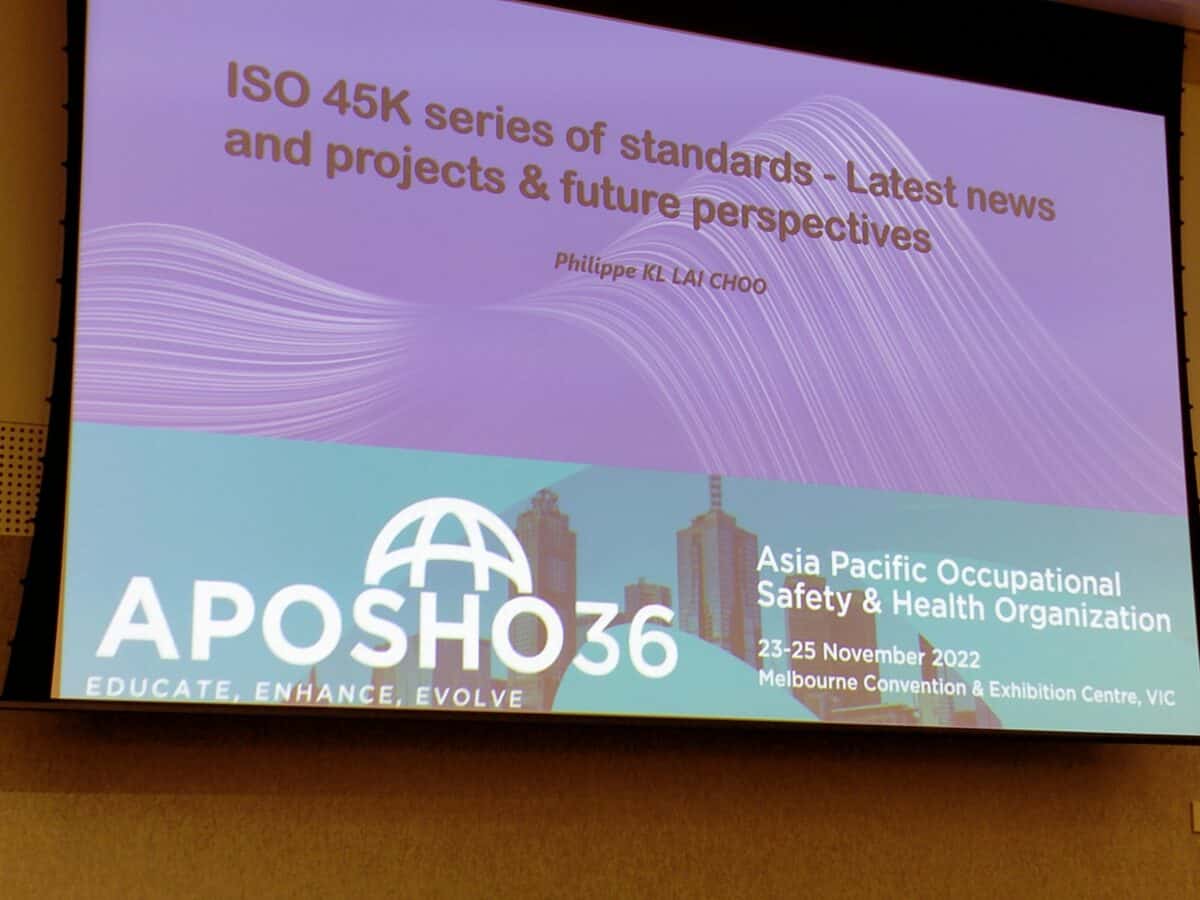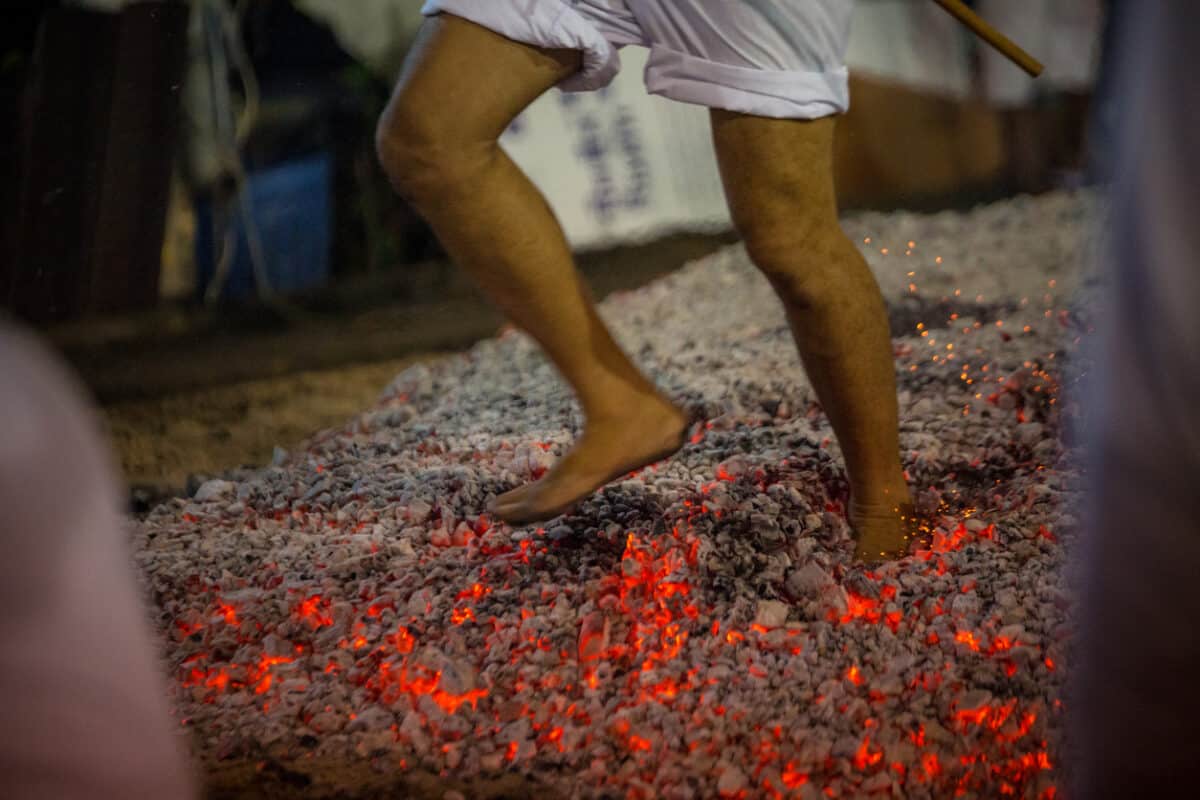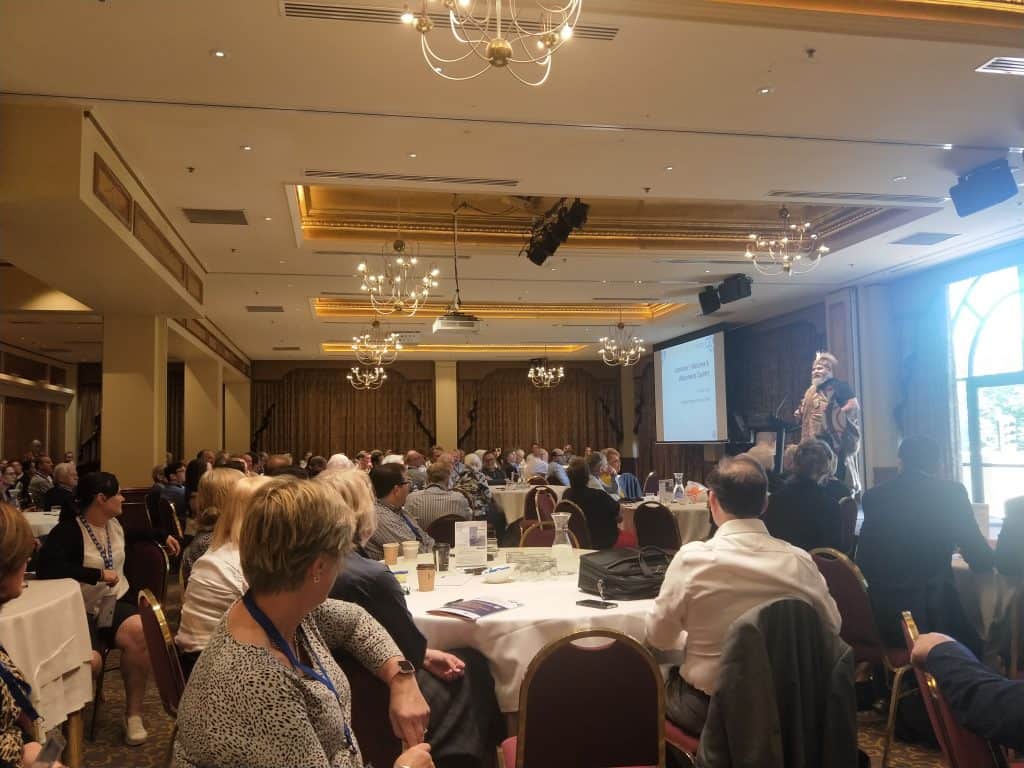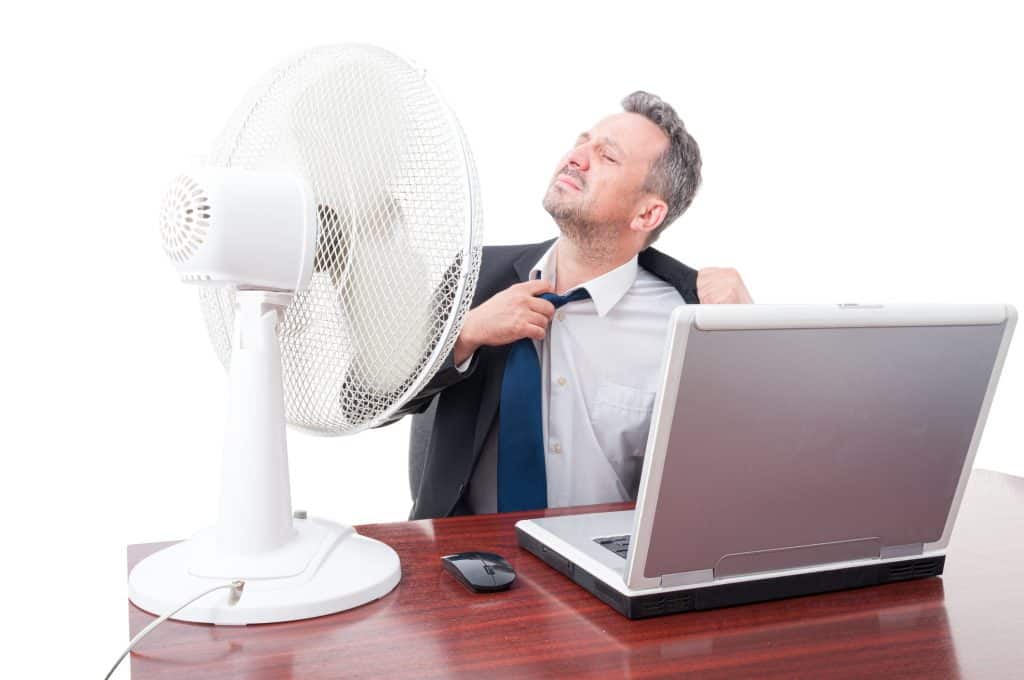Occupational health and safety (OHS) professionals are largely aware of the latest international standard for OHS management systems, ISO45001. This is the core standard for businesses to assess their safe systems of work. Others will be aware of the supplementary guidance to ISO45001, like ISO45003 -guidelines for managing psychosocial risks at work.
Recently Phillipe KL Lai Choo spoke about some of the other OHS guidances due for release or development. One of those relates to climate change which could create unexpected changes to how OHS is regulated and enforced.







